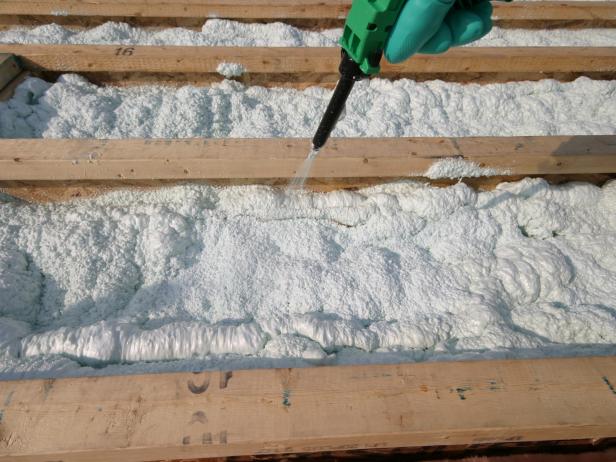The biggest losers in your house may be leaky ducts used for central air conditioning or forced-air heating systems, as well as your attic insulation or lack thereof.
About 66 percent of homes have leaky air ducts used for air conditioning and heating systems. According to the U.S. Department of Energy’s Energy Star program, leaky ducts in attics or crawlspaces can account for 20 percent or more of a home’s heating and cooling energy losses. In a study of energy efficient measures, sealing the ducts yielded by far the greatest energy savings of 12 measures studied, at the lowest cost. In 100 homes in Phoenix, sealing ducts cut leakage by 30 percent, saving homeowners $80 a year.
“You can have the most efficient [heating or cooling system] in the world, but if it’s leaking into unconditioned spaces, that’s no good,” says Dallas Jones of Green Training USA, which trains energy audit and energy efficiency professionals.
We’re not just talking about insulating around air ducts. First, check your ducts by turning on your heating or cooling system and feeling for leaks, especially around the joints. Also look for gaps, cracks, dust streaks, disconnects or anything that could leak air.
These joints and gaps should be sealed with duct-sealing mastic, a gooey paint-like substance, or butyl tape, foil tape or other heat-approved tape. Avoid cloth-backed duct tape, and be sure to seal visible gaps behind the register where the ductwork meets the wall.
Depending on how difficult your ducts are to reach, it could cost you $1,000 or more to have a contractor seal your ducts, but you can do it yourself for the small cost of some foil tape and mastic, and you can save significantly on your heating and cooling bills.
Properly sealing the duct system of a home improves energy efficiency.
You should also consider adding insulation, and a prime place that is chronically under-insulated is the attic. Whether you’re in a warm or cool climate, attic insulation is essential to help keep warm air inside in the winter and prevent hot attic air from heating your living spaces in the summer.
It’s recommended that you insulate your attic to R38 levels in most of the United States, and R49 to R60 in northern U.S. climates.
Insulation comes in many different forms. The most popular are fiberglass batts or rolls that are often colored pink. These work by trapping air between the layers of fiberglass, so they should be laid carefully and not compressed or stuffed horizontally into cracks, where they won’t work well.
If you already have some fiberglass insulation in your attic, it’s often recommended you add more, especially in colder areas. To do this, use “unfaced” rolls or batts without the paper or foil backing, and lay them perpendicular to the ceiling joists.
You can also have loose fiberglass insulation blown in. More effective than fiberglass is loose-fill cellulose insulation, often made of recycled material, blown into unfinished attic floors.
But perhaps the best option is spray-foam insulation, though this is two to three times more expensive than fiberglass and cellulose, and it should be done by a professional.
Spray foam insulation beats common batt insulation in efficiency and cost.
Before you insulate or add insulation to your attic, be sure to seal any air leaks around lighting fixtures in the ceiling below, as well as smoke detectors, bathroom fans, wire holes, pipes and chimney flues. Use spray foam or caulk to seal around wire holes, electrical boxes and plumbing. Chimney and furnace flues require flashing and high-temperature caulk, not foam.
As of 2012, you can no longer get a U.S. federal tax credit for adding insulation, but some states and areas offer excellent rebates through utilities. Massachusetts residents can get rebates of 75 percent of the cost of recommended insulating and air-sealing measures, up to $2,000, if they have had an energy assessment conducted, according to Next Step Living, which provides energy efficiency services in New England.





